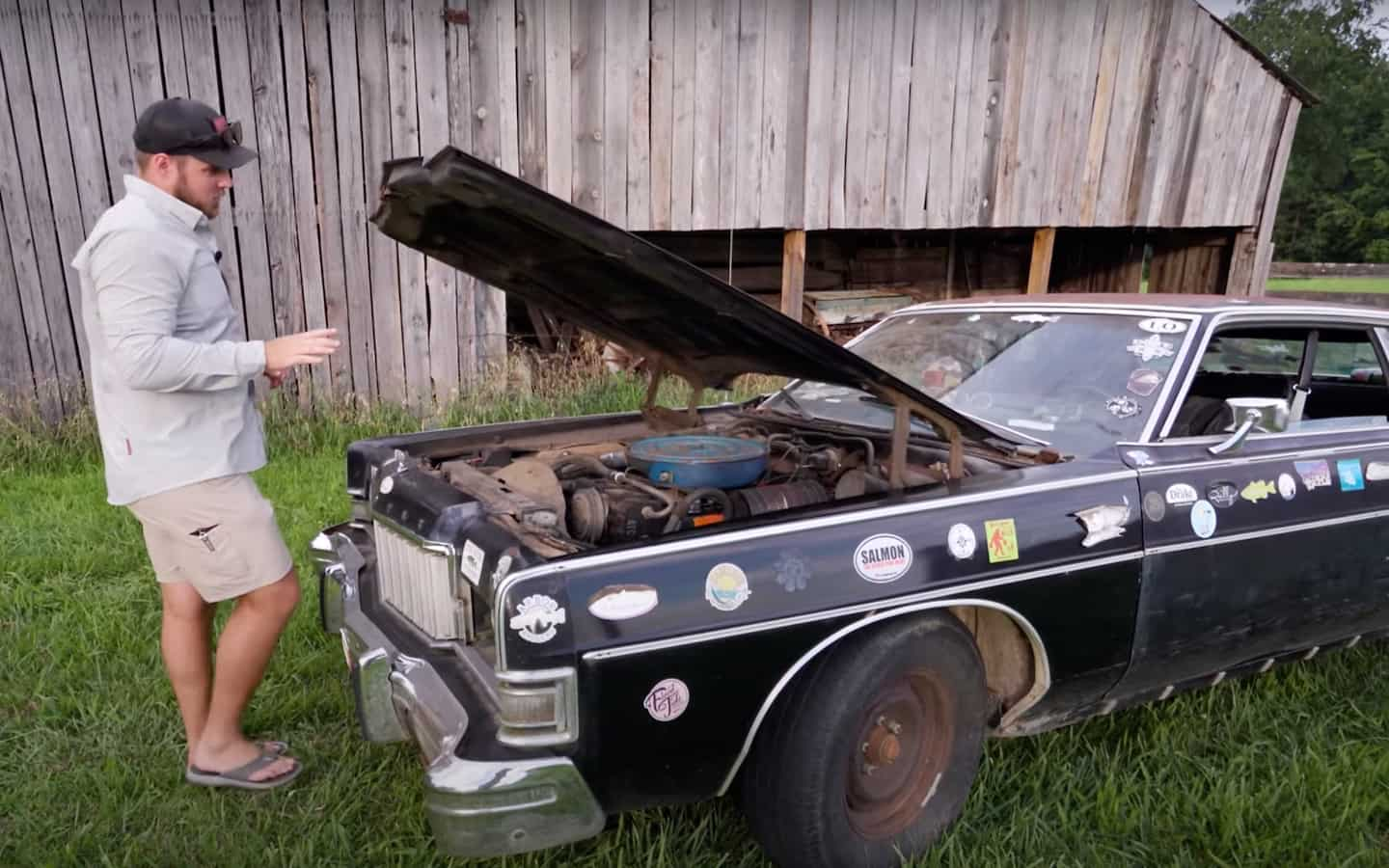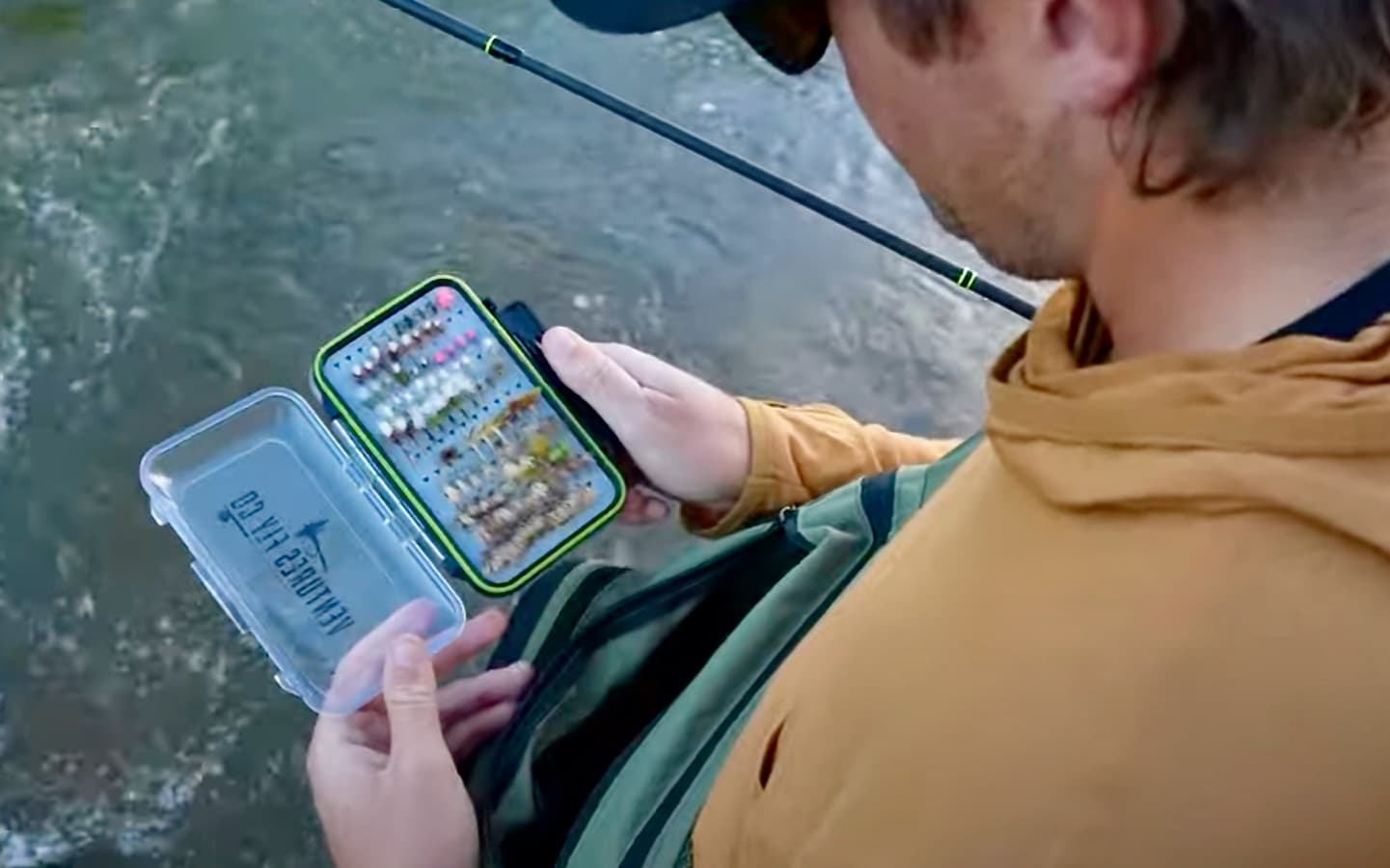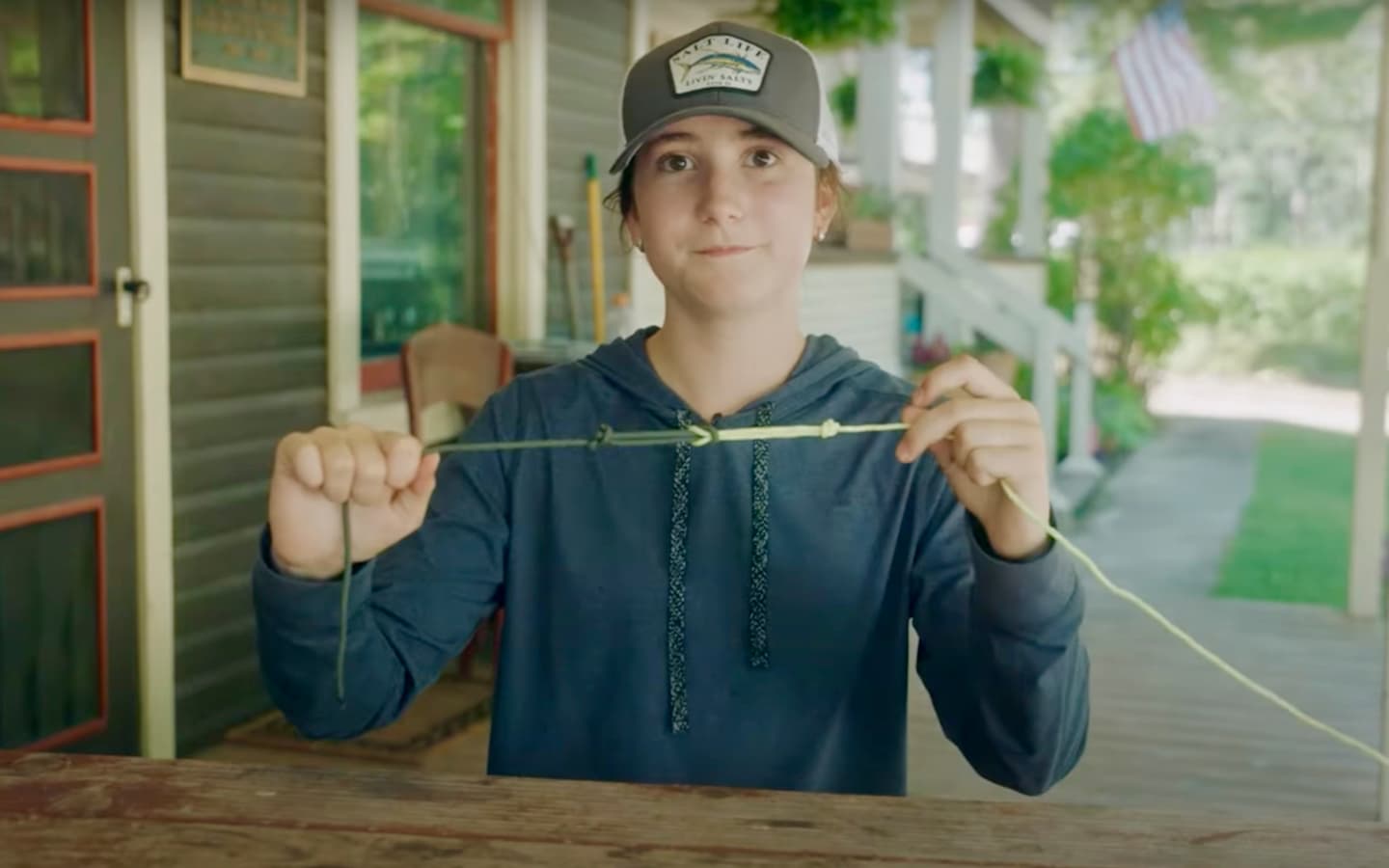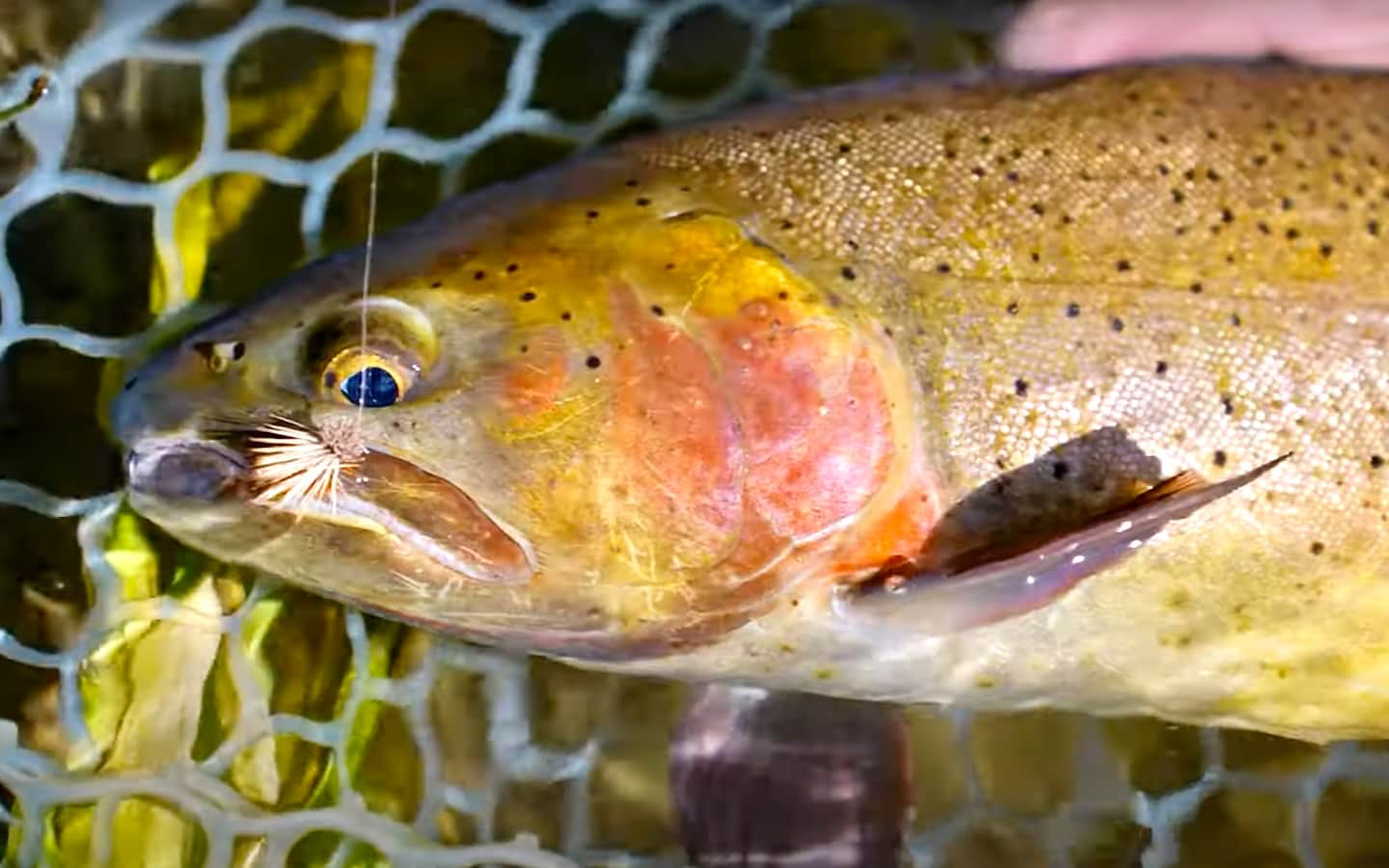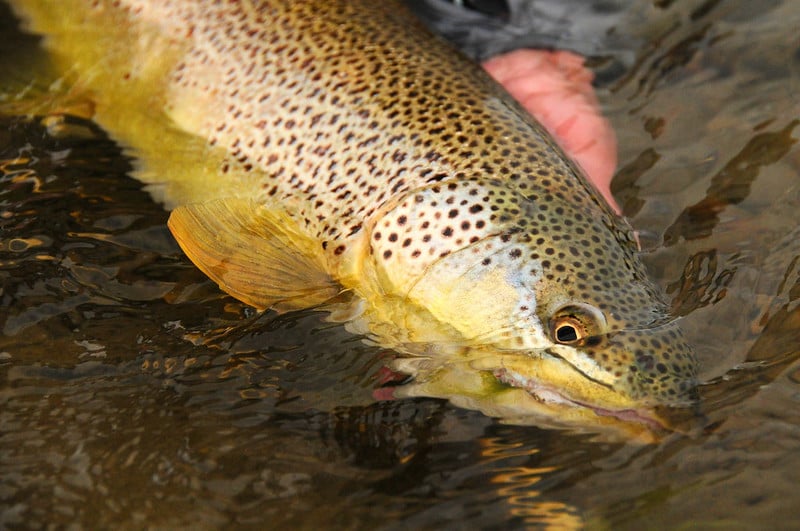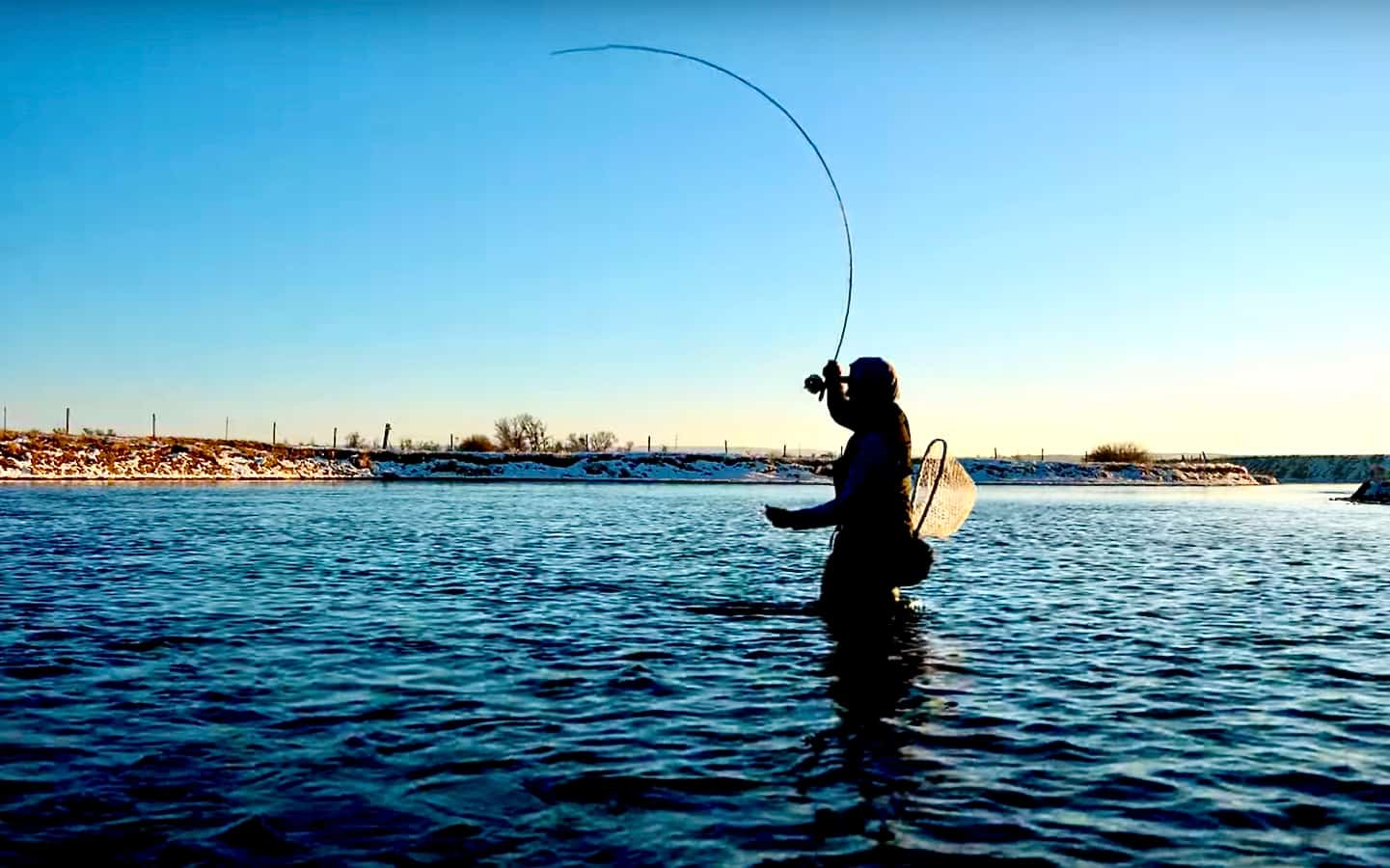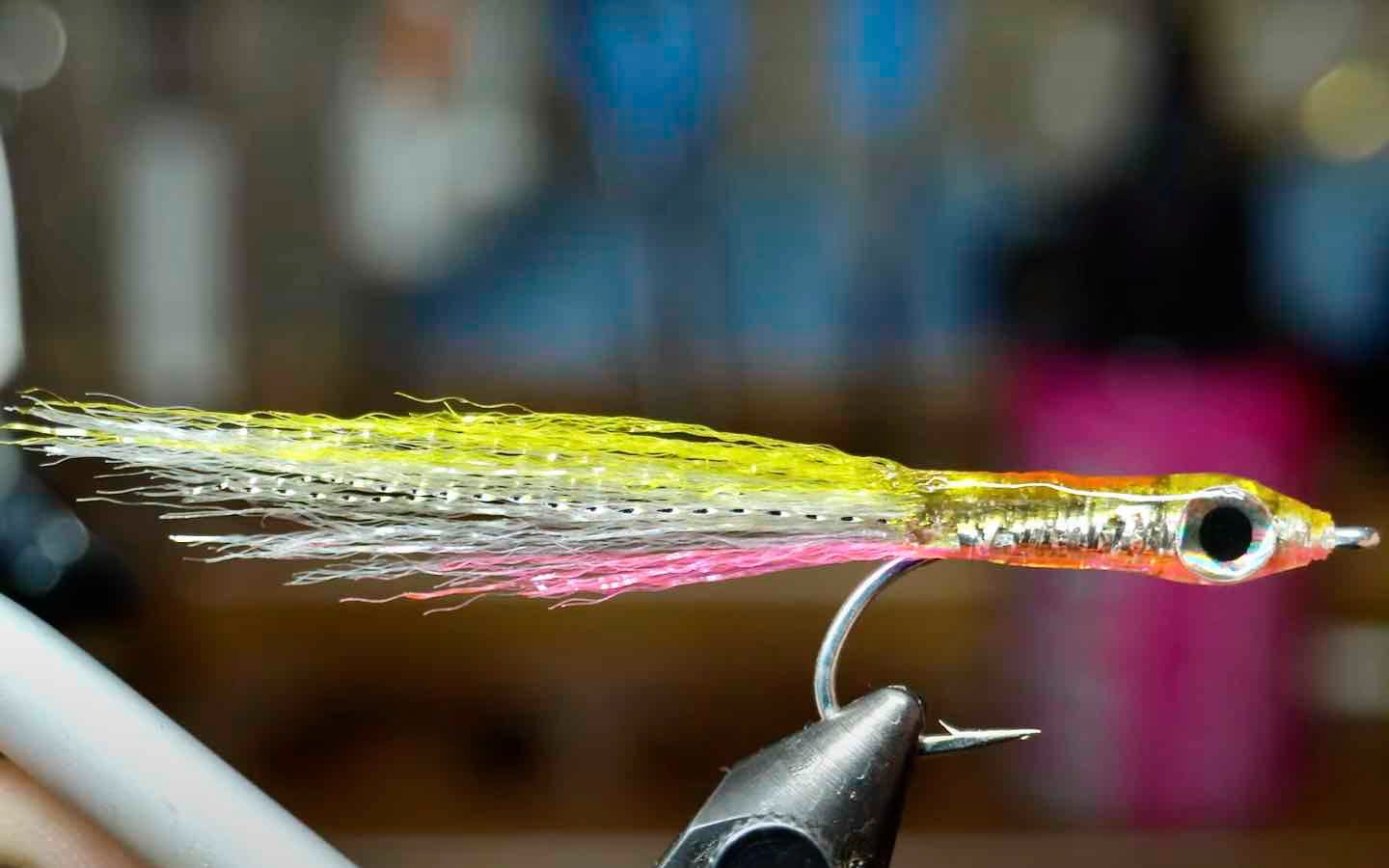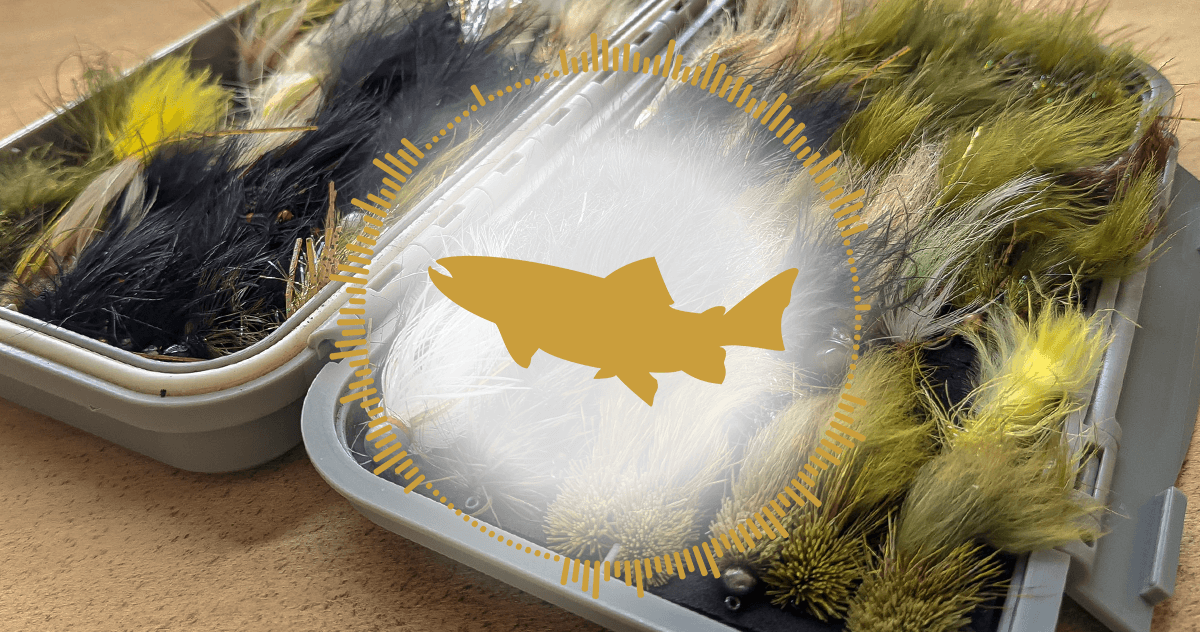Ask MidCurrent: Overlining and Underlining Fly Rods
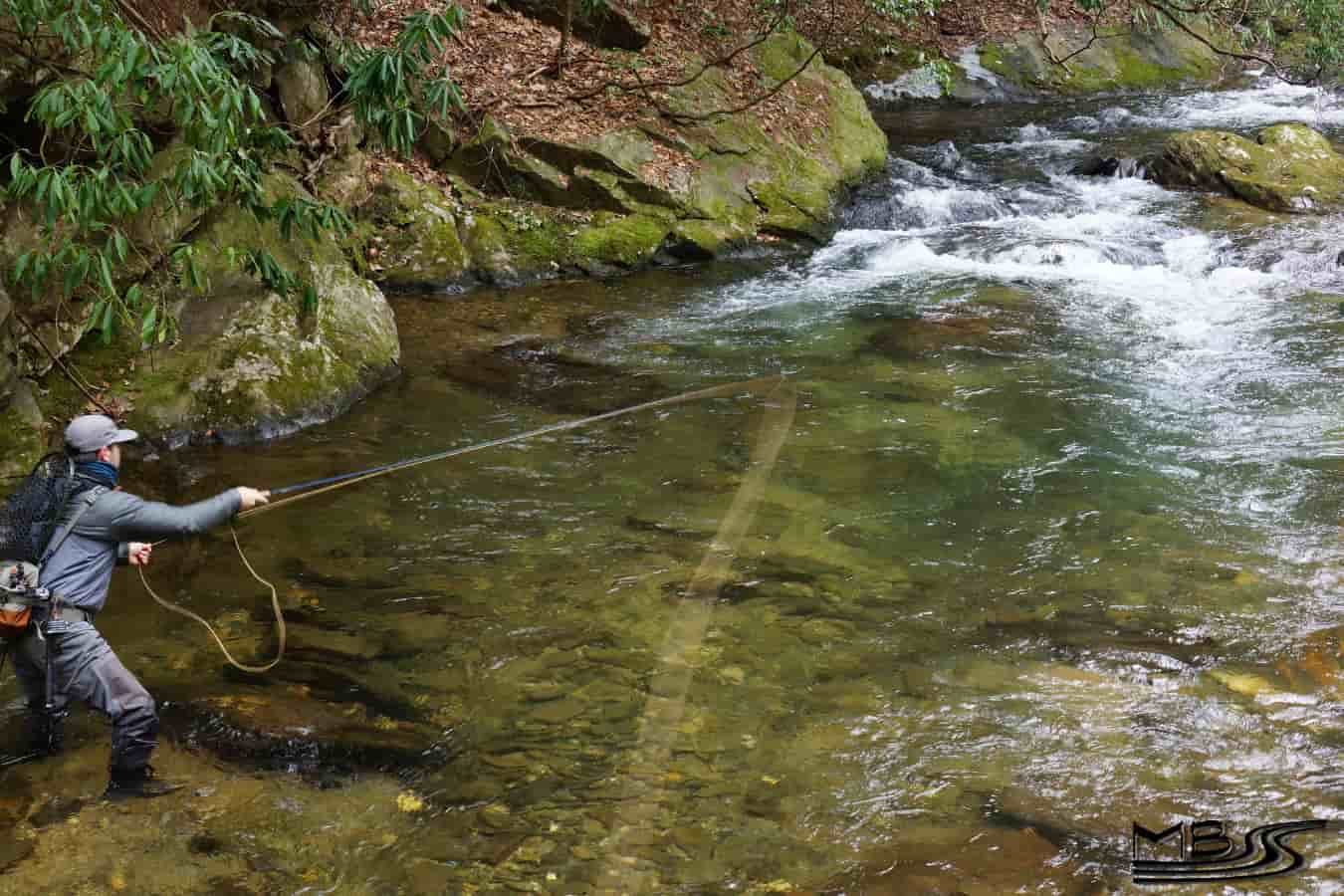
Image by Winged Reel
Question: What are the advantages of overlining or underlining a fly rod?
Answer: In the pursuit of the perfect cast and presentation, fly anglers continually seek ways to fine-tune their gear and techniques. One way to do this is by modifying a fly rod’s line weight by overlining or underlining. These practices involve using a heavier or lighter line, respectively, than the rod’s designated rating. While unconventional, they offer advantages in certain situations but also potential drawbacks.
Overlining: Pushing the Limits
Overlining a fly rod involves using a fly line that is heavier or of a higher weight class than the rod’s recommended rating. This technique can offer several advantages. The added weight of the heavier line allows the rod to load more easily, even with less line extended. This increased loading can provide better feedback and aid in timing the casting stroke, especially for anglers who struggle to feel the rod load properly.
The extra mass of an overlined setup can help the line pick up and lift off the water more efficiently, making it advantageous for fishing in tight quarters or when precise, short casts are required. The added weight can also contribute to better turnover, resulting in tighter loops and improved accuracy at shorter distances.
One significant advantage of overlining is its ability to aid in casting larger, wind-resistant flies. The extra momentum provided by the heavier line can help punch through the wind and deliver the fly more effectively, ensuring a better presentation in challenging conditions.
Drawbacks of Overlining
While overlining offers several benefits, it also comes with potential drawbacks. One of the most significant disadvantages is the reduced maximum casting distance. The added weight and increased stress on the rod can make it more challenging to generate the necessary line speed for long casts, potentially limiting an angler’s reach.
A heavier line can create more surface disturbance and drag on the water, affecting the natural drift of the fly and potentially compromising the presentation, especially during longer drifts. Overlining can also place excessive stress on the rod blank, potentially leading to premature wear or even rod breakage, particularly with lighter or older rods.
Furthermore, the added weight of an overlined setup can make it more challenging to achieve delicate presentations, which are often crucial when fishing for wary trout in clear, calm conditions.
Underlining: Finesse and Delicacy
Underlining a fly rod involves using a fly line that is lighter or of a lower weight class than the rod’s designated rating. This practice is less common but can offer some advantages in specific situations.
One benefit of underlining is the increased casting stroke speed. A lighter line allows for a faster casting stroke, which can be beneficial for experienced anglers who prefer a quicker tempo and want to generate more line speed.
An underlined setup can also provide a more delicate presentation, which can be advantageous when fishing for selective trout in calm, clear waters. A lighter line can create less surface disturbance and drag, potentially improving the natural drift of the fly, especially during longer drifts.
Drawbacks of Underlining
Underlining also comes with its own set of drawbacks. A lighter line may not load the rod sufficiently, making it more difficult to feel the rod load and time the casting stroke properly, especially for less experienced anglers.
An underlined setup may struggle to lift and reposition heavier flies or rigs, such as weighted nymph rigs or large streamers, due to the reduced mass of the line. Underlining can significantly reduce maximum casting distance, as the lighter line may not provide enough momentum to fully load and unload the rod efficiently.
With an underlined setup, the lighter line may not straighten out and turn over as crisply. This might potentially lead to wider loops and reduced accuracy, especially at longer distances.
Finding the Right Balance
Both overlining and underlining a fly rod can offer specific advantages and disadvantages depending on the fishing situation, casting style, and angler’s skill level. It’s essential for anglers to carefully consider these factors and experiment within reasonable limits to find the optimal line weight for their rod and fishing conditions.
Experienced anglers may benefit from overlining in certain scenarios, such as when casting large, wind-resistant flies or when fishing in tight quarters. However, they should be mindful of the potential drawbacks, including reduced distance and increased stress on the rod.
Underlining can be a valuable technique for achieving delicate presentations and reducing surface disturbance, particularly when targeting selective trout in clear, calm waters. However, anglers should be prepared for potential challenges in loading the rod and casting distance limitations.
The decision to overline or underline a fly rod should be based on a thorough understanding of the specific fishing conditions, the angler’s casting abilities, and the desired outcome. By carefully weighing the pros and cons, anglers can make informed decisions and fine-tune their gear to maximize their success on the water.
